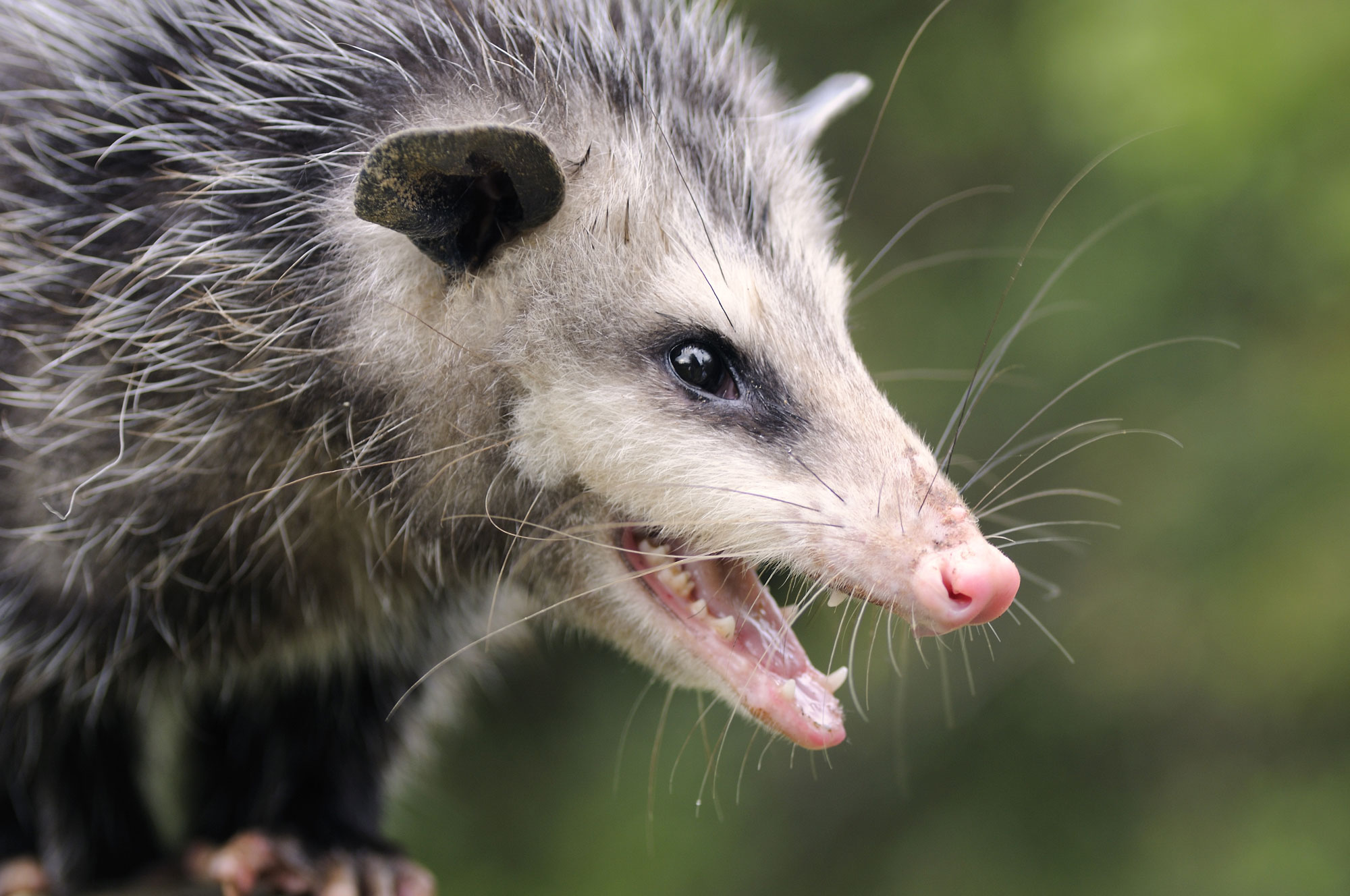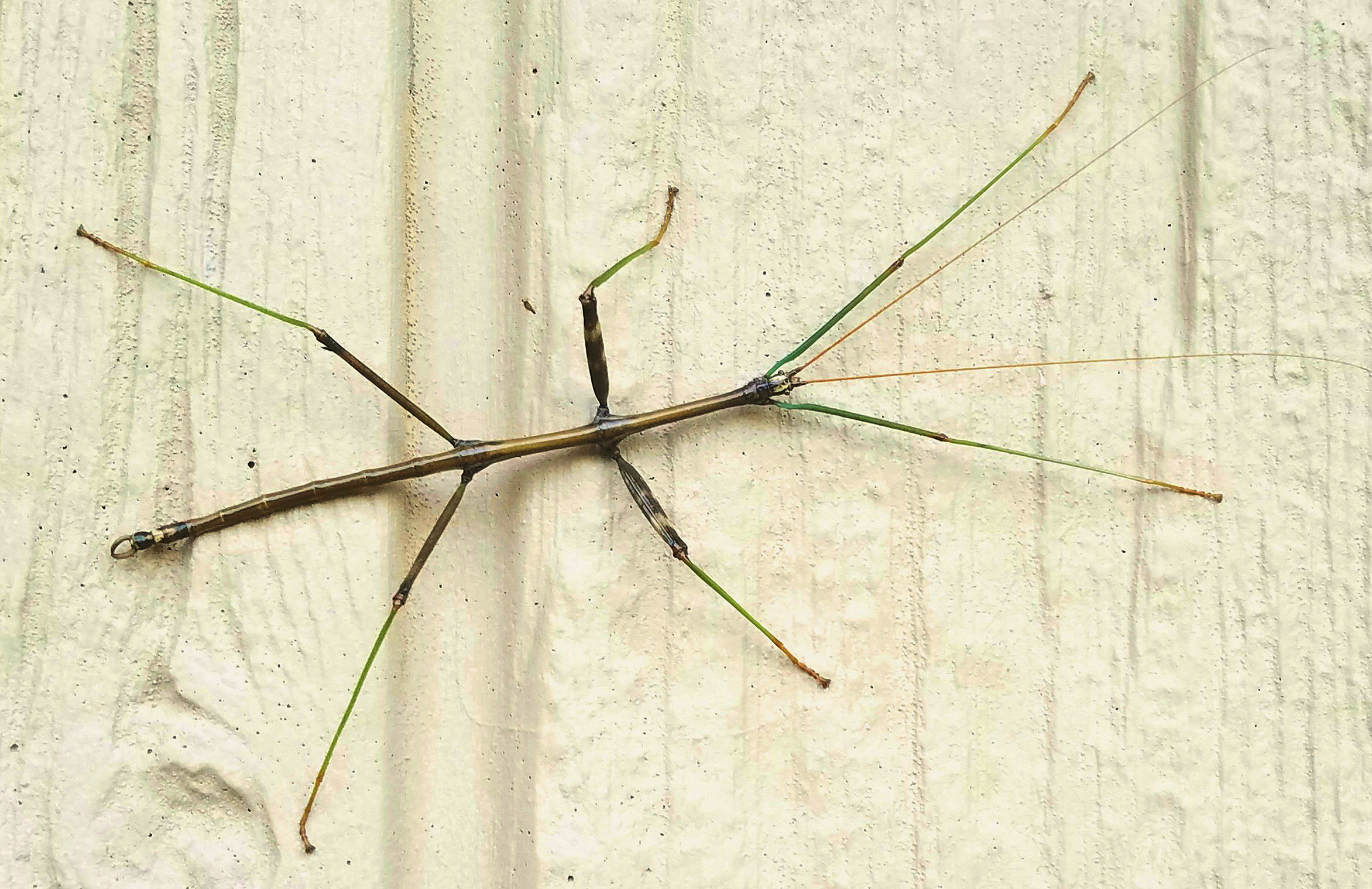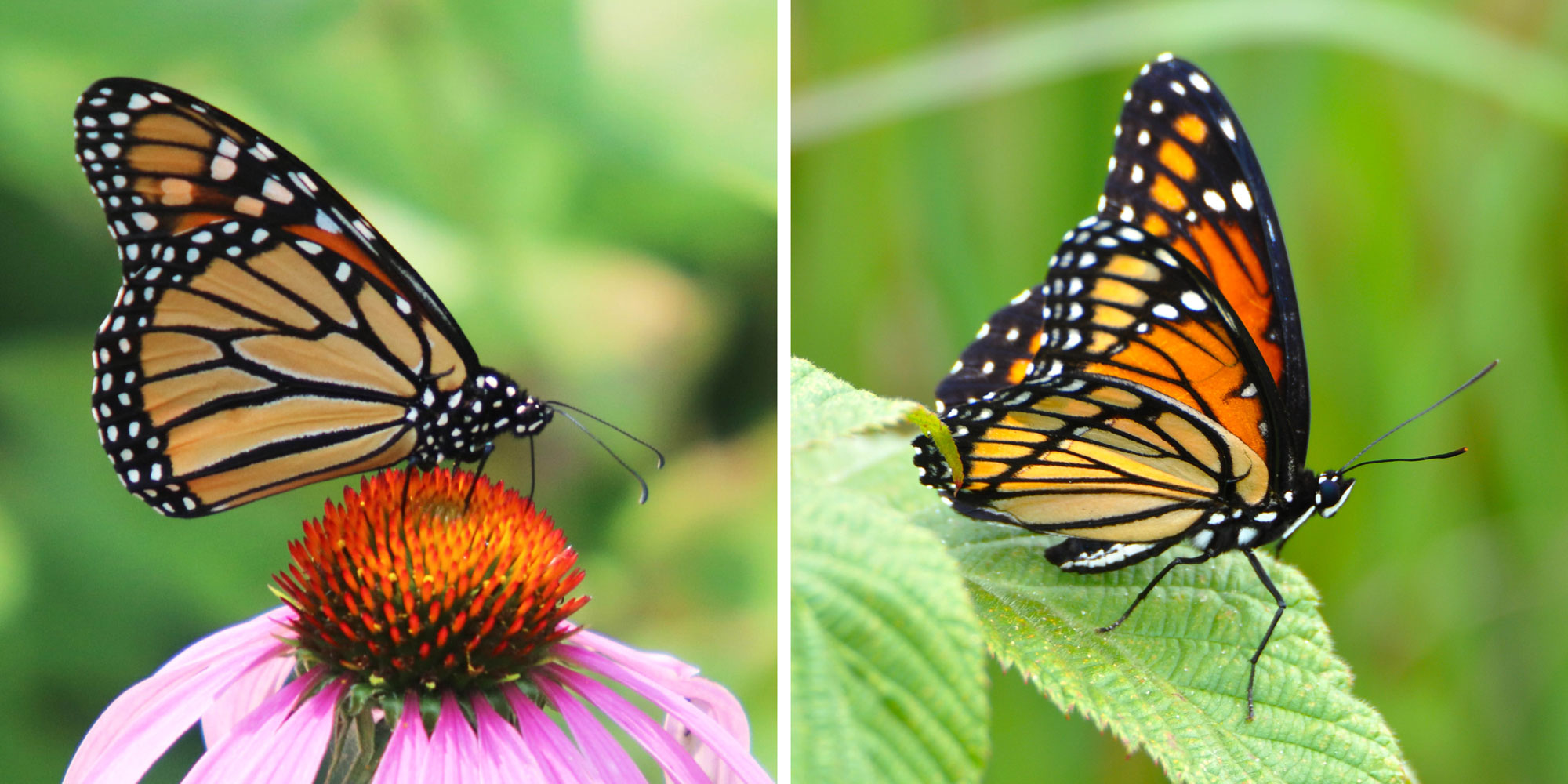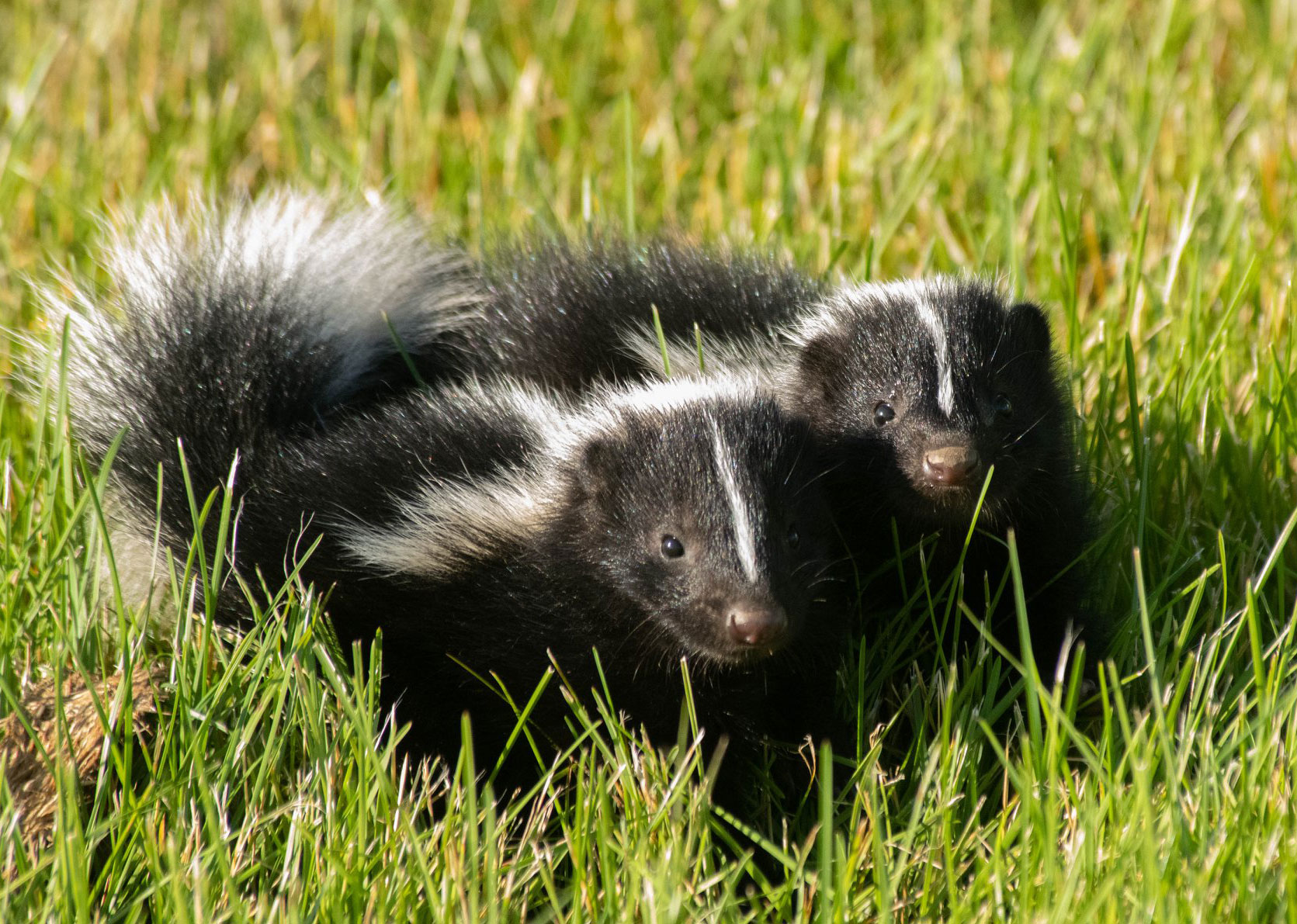| Story by Meghan McMahon |
9/9/2019
Humans have evolved into sophisticated creatures, with a keen sense of intelligence that usually keeps us safe from danger. Wild animals also have developed strategies to keep them safe from danger. For some, these defense mechanisms are crucial to surviving in the wild.
Some of these means of protecting themselves are well-known and obvious — you’ve probably smelled the presence of a nearby skunk without ever seeing it. Others are more subtle, and some are downright bizarre.
For example, some species of ants that live in Asia will explode to protect the colony. This protective action kills the ant, but it can save the colony from danger, according to Mother Nature Network.
The Texas horned lizard will squirt blood from its eyes at a predator to keep itself safe. And a sea cucumber will shoot its digestive organs out its anus to protect itself. In some cases, the sea cucumber’s intestines can be poisonous to predators. Sometimes, though, it’s just a clever way of convincing a predator it is dead.
These defense mechanisms may seem wild, but the animal kingdom is full of bizarre behaviors that animals engage in to keep themselves safe. Here’s a look at some of the defense mechanisms used by animals you might see in your own backyard.

)
)
)
)
)